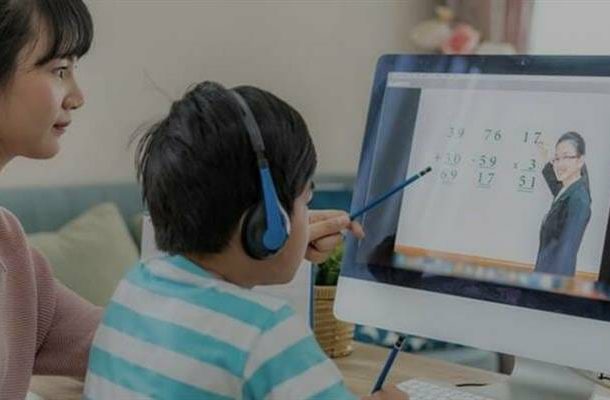
Is virtual training really enhancing the learner experience and quality of learning?
As part of the learning and development fraternity, it is impossible for us to not stay curious about virtual learning effectiveness, learning methodologies, learner experience and knowledge retention.
The focus on learning has been comparatively higher in the last few months and therefore, it became even more important for us to find out the potential of virtual learning and the scope of improving learner experience.
We reached out to learning professionals and the results were quite interesting as well as insightful.
- Only 18% said that virtual training can result in better learning experience.
While the expectations of the learners have changed in the past few months but so have the features of different virtual learning platforms and yet 45% of learning professionals are not sure if learner experience has been better through virtual learning
- Virtual training can be time saving but could also be extremely exhausting for the facilitators as well as the participants if the duration of the sessions are not carefully considered
- There has been an inclination among organizations to increase the learning hours of the webinars. What started as 1 hour now has reached up to 4 to 6 to even a full day intervention.
- While this might indicate openness among learners for newer ways of learning, it would still be too early to conclude if longer or classroom type duration are going to be more effective
Most learning professionals and learners that I have interacted with so far say that a duration of 2-3 hours is a more comfortable and yet effective way.
- More than 50% of the respondents of the survey believed that classroom training will continue to remain as a preferred methodology of training.
- One way to look at it is to ask – Have the learners really adapted to the learning methodologies or are they still adjusting? But I prefer to look at it otherwise. I find this number encouraging as it clearly indicates how we still find value in human connection
- The second aspect to consider is that, classroom session might not be back anytime soon and even if it does, the norms are going to be different
- The parameters that measured the effectiveness of classroom training are not relevant when measuring the effectiveness of virtual training
One is not a replacement for the other. Virtual training has its own identity and need. Let us leverage on its strengths. Virtual training will become a must have in the learning process along with classroom training. Blended learning will have a different approach all together.
With virtual training well integrated as a key activity in learning interventions, the duration of the classroom sessions can get impacted too whenever it is rolled out.
- More than 60% of our respondents said that the purpose of training in most of the organizations in the last few months have been engagement rather than performance
- It is not surprising to see that during trying times, learning and development enabled employee engagement. It helped employees stay focused inspite of the many challenges and encouraged them to focus on self-development
- However, the learning and development strategies in most of the organizations are changing and evolving. So, while engagement might have been the reason for learning and development interventions in the past 5 months; performance will be the key focus now. This means more tangible outcomes through learning interventions will make its comeback.
- With new or revised focussed competencies starting to gain importance, it is about time for learning sessions or byte sized learning to be replaced with learning journeys that are more meaningful and objective even if it is virtual.
Our survey also showed that learning retention has been maximum through methodologies that focused on practice by doing and facilitated insightful discussions. Now it is up to the learning and development experts to come up with creative ways to make the learning journeys worth investing
Although we have a mixed opinion on how effective virtual learning was but it certainly has potential to be more effective and become an integral part of our learning process. Not to forget, with hiring gaining speed, the quality of learning and development is going to be a key tool in talent retention too.
Learning and development has evolved and will continue evolving in the times to come and virtual learning is here to stay. Both classroom and virtual training will be needed and will enable each other. How creative we can be to make this happen is something that will define the quality of learning.
Subscribe To Our Newsletter
Be part of our community and receive updates, best offers and freebies directly in your inbox.
Contoole
With over 15 years of experience and having catered to the learning needs of over 400+; we are committed to giving more Power to the Learners…
© 2022 Contoole.com. All Rights Reserved.

